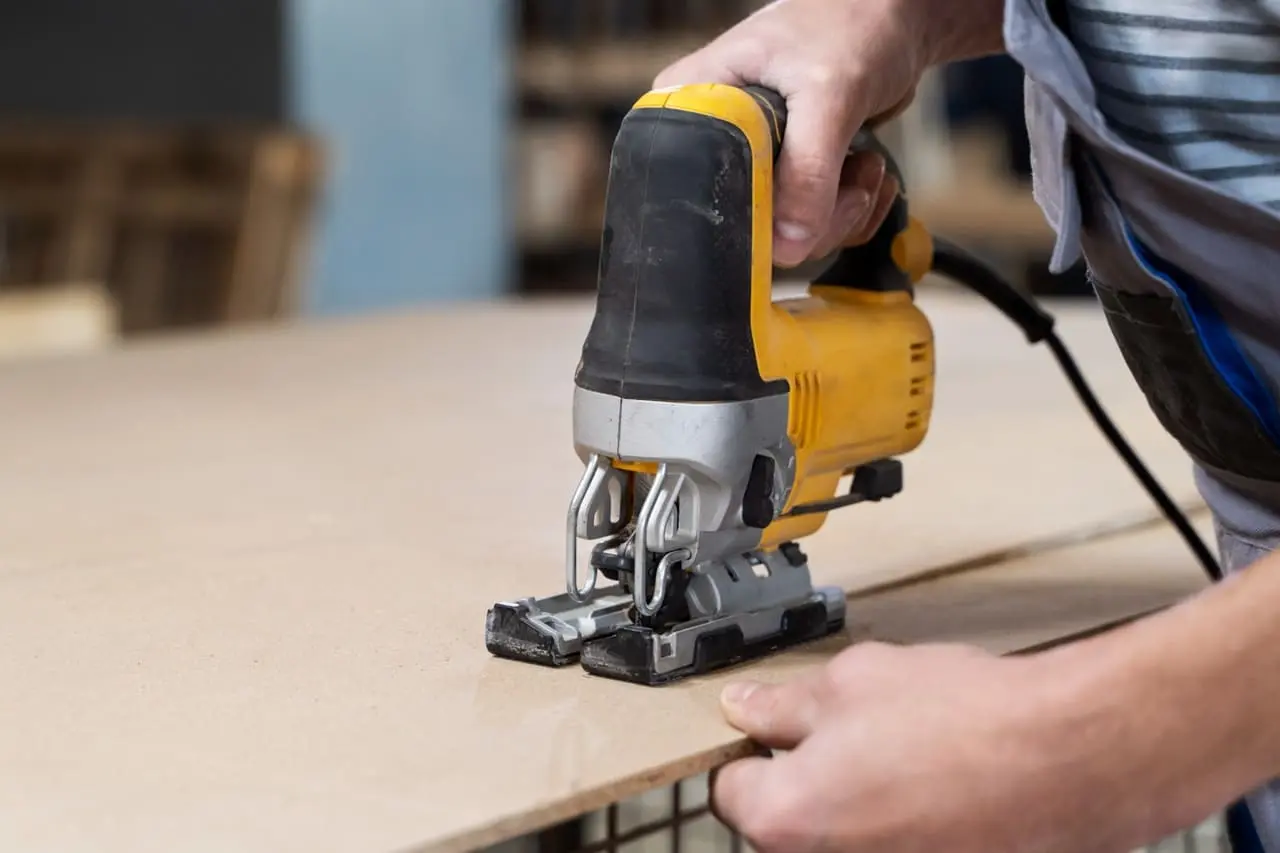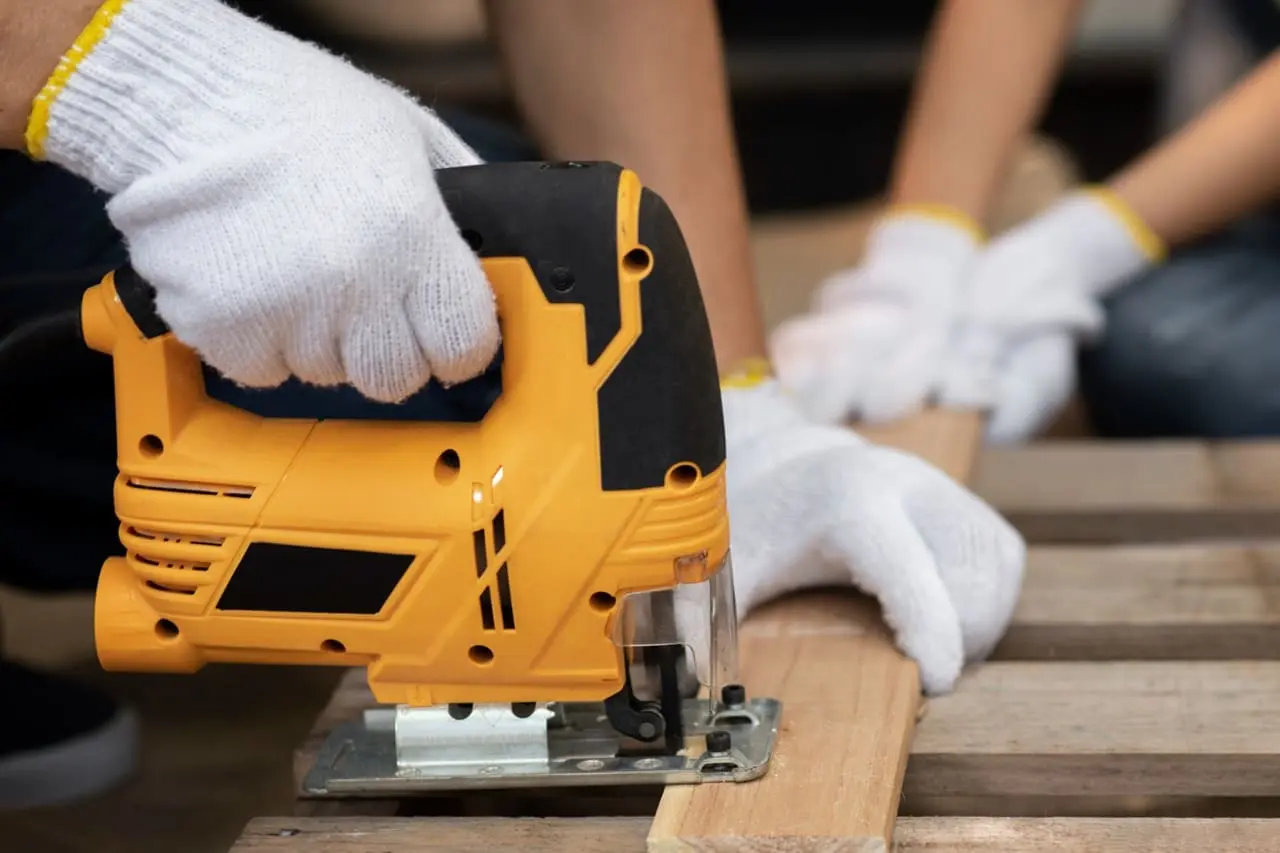How to Choose the Best Jigsaw Power Tool for Your Projects
If you are a DIY enthusiast or a professional, having the right tools is crucial. One essential power tool you may need for various projects is a jigsaw. Jigsaws are versatile, enabling you to make curved, straight, and intricate cuts with precision. Whether you are cutting wood, metal, or plastic, a jigsaw can be the perfect tool to help you complete the task efficiently. However, with so many models available, choosing the best jigsaw for your projects can be overwhelming. This guide will walk you through everything you need to know to select the ideal jigsaw power tool.
Understand the Different Types of Jigsaws
Before purchasing a jigsaw, it is essential to understand that there are different types available, each with its unique features and benefits. Jigsaws come in the following primary types:
Corded Jigsaws
Corded jigsaws are powered by electricity and need to be plugged into a power outlet. These tools are reliable and provide consistent power, making them ideal for heavy-duty and long-duration tasks. You don’t have to worry about running out of battery, but the cord can limit mobility. If you have access to power and don’t mind a cord, a corded jigsaw could be the right choice.
Cordless Jigsaws
Cordless jigsaws run on rechargeable batteries, offering greater flexibility and portability. They are ideal for jobs where you need to move around freely without being restricted by a power cord. However, the downside is that the battery life can limit your working time. If you choose a cordless jigsaw, consider buying extra batteries to keep your work uninterrupted.
Consider the Power Rating
The power of a jigsaw determines how effectively it can cut through different materials. Jigsaw power is measured in amps (for corded models) or volts (for cordless models). The higher the power rating, the more powerful the jigsaw will be.
For Corded Jigsaws
Most corded jigsaws have power ratings ranging between 5 and 7 amps. A jigsaw with 5 amps of power is usually sufficient for light-duty tasks, such as cutting wood or plastic. However, for more demanding tasks like cutting through thick materials or metal, a jigsaw with a higher power rating, such as 6 to 7 amps, would be a better choice.
For Cordless Jigsaws
Cordless jigsaws typically come with battery voltages ranging from 12V to 20V. A 12V cordless jigsaw is suitable for lightweight cutting, but for heavier tasks, a 20V model will provide better performance. Always check the battery’s capacity (measured in Ah) to ensure it will last long enough for your projects.
Blade Compatibility and Types
The blade is the most critical part of a jigsaw as it determines the kind of cuts you can make and the materials you can cut through. Jigsaw blades come in various materials, tooth configurations, and designs. Here’s what to consider:
Blade Shank Type
There are two primary shank types: T-shank and U-shank. Most modern jigsaws use T-shank blades because they are easier to change and fit most jigsaw models. U-shank blades are less common but still used in older models. Ensure the jigsaw you choose is compatible with the blade type you need.
Blade Material
Different materials are used to make blades, and each is appropriate for a particular use:
- High-carbon steel (HCS): Best for softwood and plastic. These blades are flexible but wear out quickly.
- High-speed steel (HSS): Ideal for cutting harder materials such as metal and hardwood. Compared to HCS blades, they are more robust.
- Bi-metal blades: A combination of HCS and HSS, bi-metal blades offer flexibility and durability, making them suitable for various materials.
- Tungsten carbide blades: Designed for cutting through tough materials like ceramics or fiberglass.
Tooth Count (TPI)
Tooth Per Inch (TPI) determines how fine or rough the cut will be. A blade with a low TPI (5-10) is perfect for faster, rough cuts, while a blade with a high TPI (20-24) produces finer, smoother cuts but cuts more slowly. Depending on your project, you may need multiple blades with different TPIs.
Speed Settings and Adjustability
Jigsaws come with various speed settings, usually measured in strokes per minute (SPM). The SPM determines how fast the blade moves up and down. Most jigsaws have a speed range between 500 and 3,000 SPM.
Variable Speed Control
A jigsaw with variable speed control allows you to adjust the speed based on the material you are cutting. For instance, slower speeds are ideal for cutting metal or plastic, while faster speeds are better for wood. Having a variable speed jigsaw gives you more control over the cutting process and produces cleaner cuts.
Orbital Action
Some jigsaws come with an orbital action feature. This feature moves the blade in a slightly elliptical motion, rather than just up and down, allowing for faster and more aggressive cutting, especially in wood. If you plan on making straight or curved cuts in wood frequently, look for a jigsaw with orbital action.
Ergonomics and Handling
Since you’ll be holding the jigsaw during use, ergonomics and comfort should be considered. Look for a jigsaw that has a comfortable grip and is easy to control. This is particularly important if you’ll be using the tool for extended periods.
Handle Design
There are two common handle designs for jigsaws:
- Top-handle jigsaws: These are the most common and offer excellent control. They are suitable for most tasks.
- Barrel-grip jigsaws: These provide better precision and are ideal for intricate work where you need more control.
Weight
A lightweight jigsaw is easier to maneuver, especially for long jobs. However, a heavier jigsaw often offers better stability. Find a balance between comfort and control, depending on your needs.
Dust Management Features
Cutting with a jigsaw can create a lot of dust and debris, which can obstruct your view and make it harder to follow your cutting line accurately. Some jigsaws come with dust blowers or dust collection ports to help manage the mess.
Dust Blower
A jigsaw with a built-in dust blower helps keep the cutting line clear of debris, making it easier to see your work. This feature is especially useful for precise cuts.
Dust Collection Port
Some jigsaws are equipped with a dust collection port that can be connected to a vacuum to remove dust as you cut. This is an excellent feature for indoor work or when working in areas where dust control is necessary.
Safety Features
When using a power tool, safety should always be a priority. Jigsaws come with various safety features that help protect you during use. Here are some key features to look for:
Trigger Lock
A trigger lock allows you to lock the power button in the on position, so you don’t have to hold it down constantly. This feature is helpful for long cuts but ensures that you can quickly disengage it when needed.
Blade Guard
A blade guard prevents accidental contact with the blade during operation. It is a critical safety feature, especially for beginners or those who will be cutting for long periods.
Soft Start
Some jigsaws have a soft-start feature, which allows the blade to gradually reach its maximum speed. This reduces the chance of mistakes at the beginning of a cut and makes the tool safer to use.
Budget and Brand Reliability
Finally, consider your budget and the reputation of the brand. Well-known brands like Bosch, Makita, DeWalt, and Black+Decker have a proven track record for making reliable jigsaws that last long and provide great performance. While it might be tempting to go for cheaper models, investing in a high-quality jigsaw will pay off in the long run due to better performance and durability.

Buy Power Tools Online at Safatco Trading
Choosing the best jigsaw power tool for your projects depends on various factors, including power, blade type, speed settings, ergonomics, and safety features. By carefully considering these aspects, you can ensure that the jigsaw you choose will meet your needs and help you achieve precision in your projects.







